In this post Design for a Precision LCR Meter the author says:
Current is measured via a transconductance amplifier (again with programmable gain) which produces a voltage proportional to the current through it, but without the ‘burden voltage’ associated with a simple resistor as used in most current measurement.
How is this achieved? All the information I have found regarding the use of OTAs shows them using an input voltage to control an output current, rather than the other way around as described above.
It should be possible to measure current using a current amplifier or integrator as shown below (the integrator circuit would be the same as below except with a cap in place of R1) however both those options still require the use of a burden resistor or capacitor.

simulate this circuit – Schematic created using CircuitLab
The way the quote is worded suggests the author had a different approach in mind.
- Is is possible to measure current using an OTA without the use of a burden component?
- Are there any other ways to precisely measure small currents without introducing burden components?
